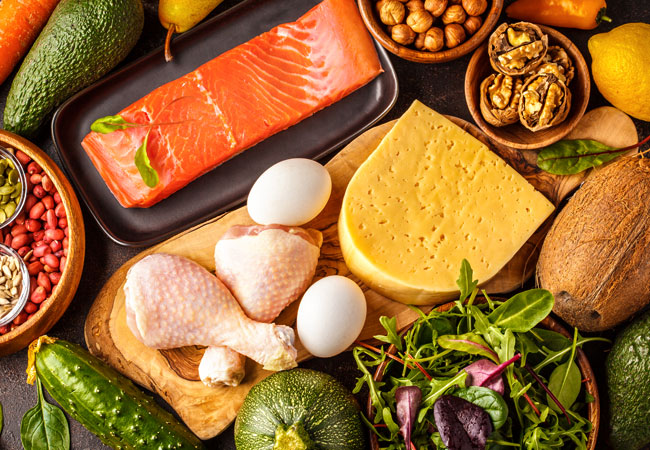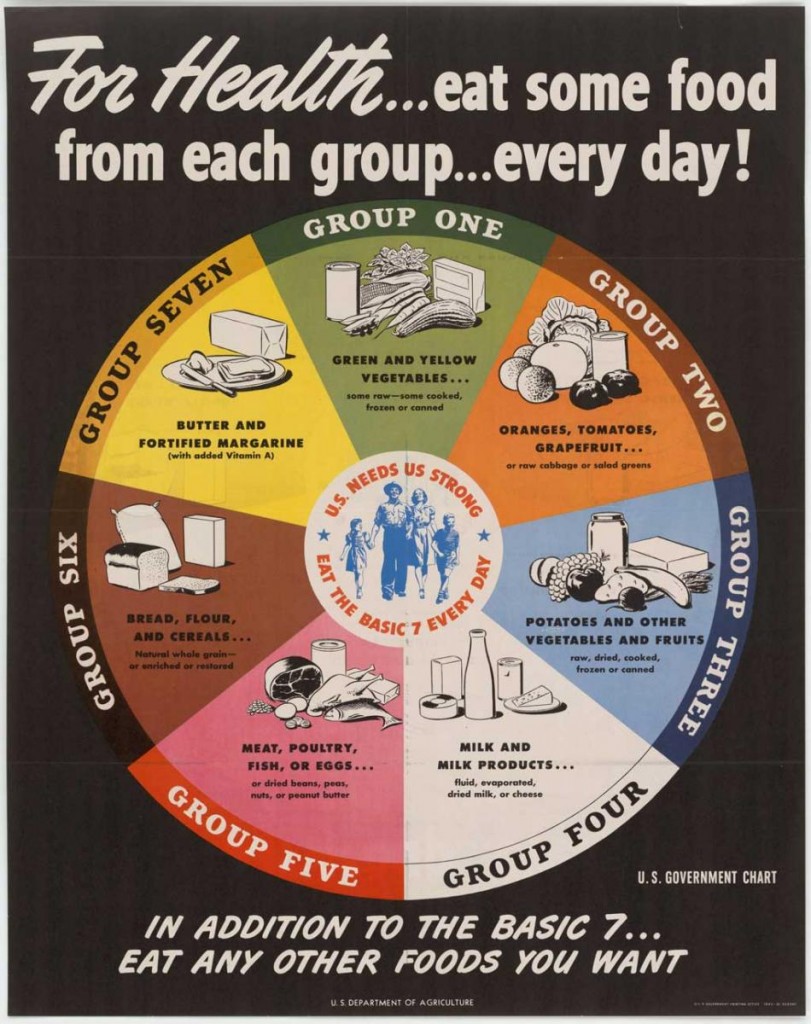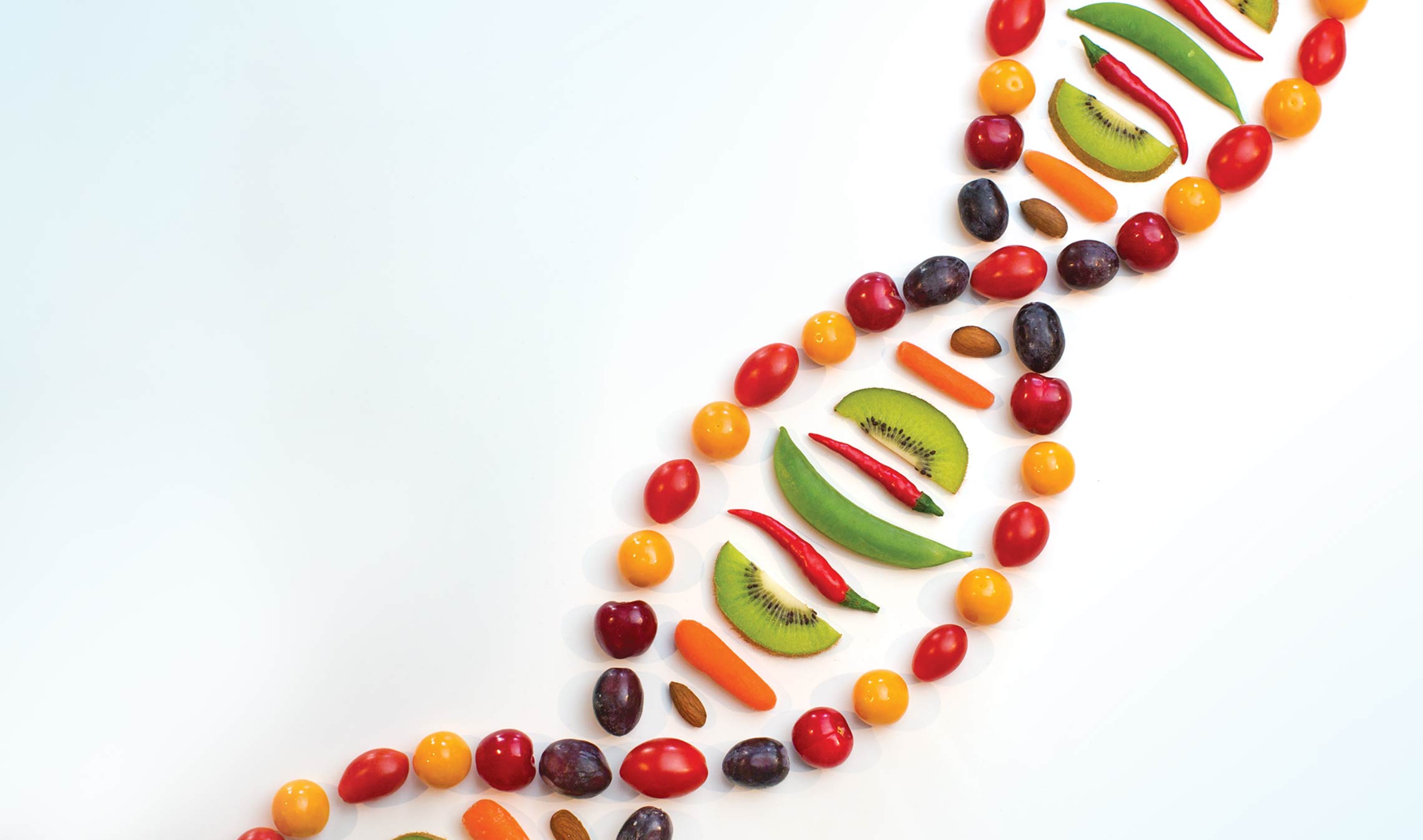Keto? Paleo? Vegan? What's the BEST Diet?
Apr 09, 2019
10118 Views
“I ought to really check what I’m eating!! Should I follow the Keto diet? How about the Mediterranean one? Oh wait, there’s always WeightWatchers’.”
That’s quite possibly an excerpt from a debate we’ve had with our conscience more than we’d like to admit. Should I consume more Carbohydrates? Or should I cut out fats? Wait! How much protein is too much protein? And what about antioxidants? Do I really need to eat so many berries?
What foods are right for ME?
Ah! Now that’s a question we’ve been asking ourselves since the beginning of time really. Scientists, nutritionists, corporations, food companies, marketing firms (trust me on this), medical doctors and even philosophers have taken a swing at answering this question! History can attest to the fact that, for the most part, all we’ve done so far is shoot an arrow in the dark and hope it lands in the vicinity of the target.
Speaking of “history”, let’s not forget Eve taking a bite of the apple and throwing the world into disarray. Talk about a wrong food choice eh? ?
When humankind first appeared on this planet, we were hunters and gatherers. Food was basically anything we could hunt, or pick off of trees, shrubs, and fields in our surroundings. At about 10,000 BC, we witnessed the agricultural revolution. Primitive man (ok, and woman) realized that foods he (or she) liked could be grown, thereby adequately addressing valid concerns about the nutritional acquisition that came with the gatherer approach.
Let’s take a breather here. Before we get into the craziness of the fad diets dating all the way back to Lord Byron’s rather yummy diet plan, you must check out this timeline of fad diets through the centuries – some good, some bad, some effective, some a farce…but quite a few that are…umm..let’s go with quirky, shall we?
Until the 1800s, food was a privilege that the rich and powerful were entitled to, while for the poor, food (though scarce) was a means of staying alive. While this might, sadly, still be true in many parts of the world the 1800s marked a time when humans decided to experiment with food. In fact, in the year 1820, that Lord Byron introduced the first ever “diet plan” to the world. It was his famous starch, water, and vinegar diet- Eat potatoes all day, throw in some more starch and life would be great. Of course, it makes sense that pretty soon – 1863 to be precise- Banting published the “Letter on Corpulence”. (Don’t open Google in the next tab, I’ll save you time – Corpulence is the archaic term for Obesity.) This was probably the first documented reference to an obese society. Also, sadly, still true in many parts of the world.

Banting created a low carb diet as a means of tackling this newfound but huge problem (no pun, or body-shaming, intended). In fact, his research and efforts towards tackling corpulence led to the discovery of insulin for treatment of Type 1 Diabetes – a feat that won him the Nobel Prize in 1923. (This is for those of you who resisted the urge to Google this Banting guy in the previous paragraph.) The diet was specifically created for the obese but gained a lot of traction amongst the regular Joes as well. I mean why not? Why wouldn’t you choose a diet that keeps you away from the jauntiness of the paunchiness?! The “fight against fatness” saw the emergence and success of other (similar) diet fads as well. Graham’s diet gained a lot of popularity at this time as well. Conceptualized by the guy who later became famous as the creator of the Graham Crackers, it was a vegetable based low salt and low-fat diet with a focus on inclusion of raw foods and whole grains.
Needless to say, this obsession with losing weight, and preventing weight gain, carried forward into the 1900s. And in the absence of an established, fail-proof, foolproof diet plan that would help humans achieve this, the world began experimenting. Oh and some experimentation was just outrageous.
But hey…a fad’s a fad, right? It caught on…
First came Horace Fletcher, who introduced us to the idea of masticating our food 32 times before we swallow it. You’ve heard this one! Your teachers probably told you the same! This concept has lived on…to an extent. “Fletchering”, as it came to be known, was built on the belief that chewing food to an almost liquid state aids in digestion, encourages slow eating, and triggers the satiety center in the brain. All this would, in turn, lead to lesser consumption of food while achieving that feeling of “fullness”. However, there was no evidence supporting the health benefits of a liquid diet.
The 1900s also saw the emergence of other fad diets such as the Inuit diet, which coaxed people into going back to the eating habits of Eskimos – loads of blubber, meats, and raw fish. Hmm…first ever keto diet? I wonder… This was also the time when Lulu Hunt Peters introduced the concept of calorie counting. Her book – “Diet and Health, with key to the calories” listed out the calorific values of various food items and discussed weight management strategies based on calorie counting.

Sadly, before this rather sane approach to weight management could get off the ground, a tobacco company (yeah you read that right) introduced the “Cigarette diet” to the world. A clever marketing ploy – they encouraged women to reach for smokes instead of sweets, as a weight management aid. And boy did that take off!!! Who wants to sit around counting the calories in a healthy salad bowl, when you could just chomp on an apple and light up that Marlboro? Reading this NOW you might scoff at the idea, but that’s the deal with fads isn’t it? At that moment, people hadn’t worked out that cigarettes were bad for health. It gained tremendous popularity because it seemed to be a wonderful idea and it did sort of work! In retrospect, however…oh well…
The mid-1900s saw the craze move over to a new kind of weight loss diet called the Grapefruit diet. This diet is still present today and is dubbed the Hollywood diet. The idea behind this being that citrus fruits carry some sort of enzyme that aids fat burn. Different versions of this diet still exist, however the real reason behind the fat loss has probably more to do with the extreme caloric deficit this regimen advocates.
When the second world war broke out, the world momentarily went back to a famine state – induced famine of course, but a severe one nonetheless, and in most parts of the world, food was actually rationed. For the first time ever, the government (or rather, the United States government) outlined how we ought to consume food. They created a chart called the BASIC SEVEN, highlighting the seven food groups each person MUST consume on a daily basis. The health advice doled out was – eat some food from each group, every day. Once that’s done, eat whatever else you please. Very detailed.

And then came the 1950s; and the birth of fast food– the marriage of technology and mass production techniques with food. The era of convenience and taste over anything else. This period saw the focus shift from WHAT you’re supposed to eat, to WHEN and HOW food ought to be had. Eat on the go. In your car. In the comfort of your bed. At the movies. Munch on yummies while sprawled across the sofa in front of the telly. Ah the good old days!
Whaddya know? Newton was right! Every action does indeed have an equal and opposite reaction.
Much like Lord Byron’s infamous diet necessitated the need for weight loss diets, the fast food revolution saw the emergence of WeightWatchers in the 60s. And yes, WeightWatchers is probably one of the very very few diet plans that have withstood the test of time. Today the WeightWatchers’ club boasts of over 2 million active subscribers including celebrities like Oprah Winfrey and Jessica Simpson.
The 70s saw us drinking our food. Oh no no… Not just drinking. That was also a major part of the 70s..I said drinking FOOD. The liquid protein diet of 1970 was exactly as advertised. Customers would only consume over the counter protein shakes. No solid food. This had its drawbacks, since the shake was seriously lacking in essential nutrients, vitamins and minerals, and provided the consumer with just 400 calories per day. However, while this fad was soon discredited, it wasn’t probably as crazy as what followed 6 years later – “The Sleeping Beauty Diet”. Subscribers of this diet regime were heavily sedated for a couple of days every week, thereby reducing food intake, leading to weight loss! What could possibly be wrong with this approach eh? The liquid food trend continued with SlimFast hitting the market in 1977 with their meal replacement shakes – a trend that’s continued till date, with SoyLent taking the lion’s share of the liquid diet market today. Does it work? Well, there are conflicting opinions.
The 90s saw a very different approach to food though, with “high carbs, low fat” being the mantra for a healthy diet plan. CocaCola was good, as were juice boxes since they contained mostly sugar and no fat. Well, looking back at this now, you can chuckle at this stupid notion, but that diabetes won’t go away, my friend. The good news is that most of us survived that phase! Phew!
Roll into the new millennium, someone looking at the increase in the number of diabetic patients and obese people suddenly realized – Oh wait! Sugar ain’t good!! Let’s cut that out. We need protein now! Enter the Atkin’s diet, the raw food diet, and Dukan diet – high proteins with minimal carbs and next to no fats. Sadly even boasting about Kate Middleton as a client couldn’t save Dukan’s from being crowned the “Worst diet in history” by the US News and World Report Ranking of Diets, 2018. Then came the Paleo diet in 2010, and the Keto Diet shortly thereafter. Diets that incorporated a high percentage of fats with proteins and nothing but.
Often makes me wonder – how lost did we have to be to turn to the paleolithic era for diet inspiration? I mean, surely we should’ve known by now what diet is best for mankind right?
The answer was staring back at me clear as day. Surprised we didn’t see that before. EVERY diet that became a fad must have worked for someone, right? Outright failures never gained traction, and those that did had a faction backing them up, often vehemently. However, humankind has been looking at food wrong the whole time.
Because, the most important part of a good diet plan isn’t carbohydrates, proteins or fats. It’s YOU.
It’s each individual. We all process foods differently. What works for one, doesn’t necessarily work for the other. While that shouldn’t discredit the effectiveness of a nutritional regime, it certainly shouldn’t lend to the blanket administration of the same for all.
And THAT’S the change we’ve made to food. The future of diet, the future of food, the future of plating up is personalized. And that future is NOW.

This is the age when technology once again intervenes in the nutritional realm, but for good. Advances in biotechnology have allowed us to look deeper into ourselves, read the blueprint of our being, our DNA, and conceive the human body as an integrated system, rather than a collection of different processes running simultaneously. This is the approach taken by systems biology (won’t bore you with that, you can always Google it if you’re curious). In a nutshell, systems biology recognizes that you are a single integrated, holistic system of parts, working together to create one entity – You. Your DNA, blood and body metrics, the data logged in your Apple health trackers and FitBits, your gut microbiome, your metabolic function, your heart rate, and respiration rate, all of it makes you unique. And creates the perfect roadmap to the kind of foods you should eat – Your unique and ideal diet plan!
Remember – Food serves a much higher purpose than just being fuel for your body.
Here at Mapmygenome, we strongly believe that food has the power to transform lives, one plate at a time, provided you follow the nutritional blueprint your biology craves. Oh, and we have just the tools to help extract your “User’s manual” from a simple saliva swab, and transcribe it in a language you understand.
This is the era for food to get a bit more personalized and intimately connected to each one of us. As individuals. This is the era of nutrigenomics. This is the era of YOU.


